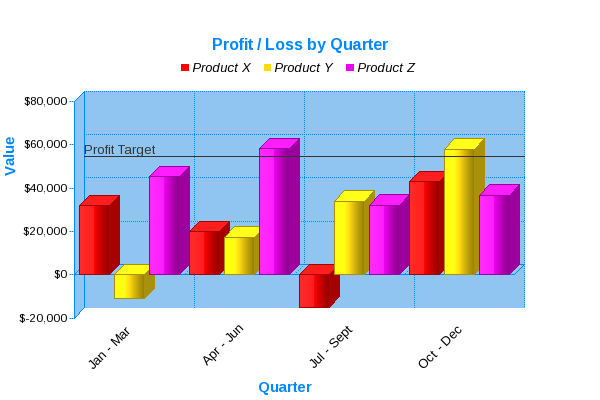

To gain a better understanding of density curves, consider the following example. The most famous density curve is the bell-shaped curve that represents the normal distribution. A density curve lets us visually see what percentage of observations in a dataset fall between different values. A density curve lets us visually see where the mean and the median of a distribution are located.ģ. A density curve gives us a good idea of the “shape” of a distribution, including whether or not a distribution has one or more “peaks” of frequently occurring values and whether or not the distribution is skewed to the left or the right.Ģ. It does not store any personal data.A density curve is a curve on a graph that represents the distribution of values in a dataset. The cookie is set by the GDPR Cookie Consent plugin and is used to store whether or not user has consented to the use of cookies. The cookie is used to store the user consent for the cookies in the category "Performance". This cookie is set by GDPR Cookie Consent plugin.

The cookie is used to store the user consent for the cookies in the category "Other. The cookies is used to store the user consent for the cookies in the category "Necessary". The cookie is set by GDPR cookie consent to record the user consent for the cookies in the category "Functional". The cookie is used to store the user consent for the cookies in the category "Analytics". These cookies ensure basic functionalities and security features of the website, anonymously. Necessary cookies are absolutely essential for the website to function properly. It may be noted that, in general all the factors that determine autonomous expenditures in the SKM will shift the IS curve. In addition, any autonomous (income-independent) change which shifts the investment function will shift the IS curve. The equilibrium condition given by equation (8) shows that a change in either G or T will shift the IS curve and disturb an initial product market equilibrium position. By proceeding this way we derive the IS curve which is a locus of all combinations of Y and r which equilibrate the goods market. Similarly, interest rate r 0 will require income level Y 0 for equilibrium in the product market (point E in Fig. Thus the combination (r 1, Y 1) is one point (E’) along the IS curve in Fig.

#The two data curves on the figure illustrate that plus#
Therefore, equilibrium in the goods market requires that saving plus taxes, as shown in part (b), equal S 1, + T (= I 1 + G), at the income level Y 1. In part (a), investment plus government expenditure must be equal to I 1 + G. 9.8 shows the derivation of the IS curve in the three-sector model including the government. Now the condition of product market equilibrium given by equation (6) becomesįig. The steepness of the curve is of considerable interest to us because it is a factor determining the relative effectiveness of stabilisation policies, viz., monetary and fiscal policies. It is not enough to know that the IS curve is negatively sloped. Factors Determining the Slope of the IS Curve : In other words, the IS curve has a negative slope.

Since there is an inverse relation between r and Y the IS curve is downward sloping from left to right. i.e., desired S = desired I - which is the equilibrium condition of national income in the simple Keynesian model, Thus the IS curve is investment-saving curve. The IS curve is defined as a locus of points showing alternative combinations of Y and r such as (r 0, y 0), (r 1, y 1), (r 2, y 2) which ensure commodity (product) market equilibrium.Īny point on the IS curve implies product market equilibrium because at each such point I = S. The locus of points E, E, and E” is the IS curve in part (1) showing the complete set of combinations of Y and r levels that equilibrate the product market. In part (c) we show alternative combinations of r and Y which bring about commodity market equilibrium that is to say ensure that I = S.


 0 kommentar(er)
0 kommentar(er)
